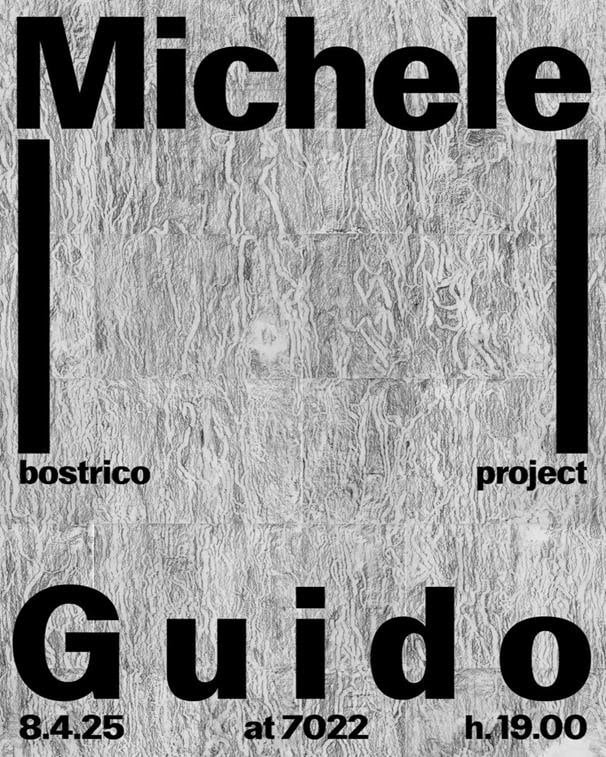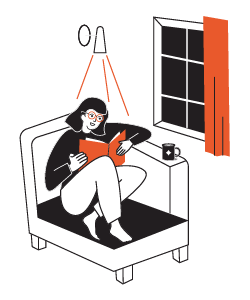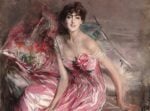Michele Guido – bostrico project

Lo spazio settantaventidue (7022) di Milano presenta la mostra personale di Michele Guido bostrico project.
Comunicato stampa
Martedì 8 aprile 2025 lo spazio settantaventidue (7022) di Milano presenta la mostra personale di Michele Guido bostrico project, visitabile fino al 20 maggio.
Come dichiara l'artista: "Quando arriva la primavera, il coleottero maschio individua un tronco nel quale riprodursi, entra sotto la corteccia e inizia a “scrivere”: il nome latino del bostrico è Ips typographus, il coleottero tipografo, appunto perché scava delle gallerie dentro il tronco dell’albero che sembrano segni tipografici.
A causa dell’innalzamento della temperatura media, rispetto ai livelli pre-industriali (1850-1900), gli alberi hanno sofferto lo stress idrico dovuto alla siccità e gli eventi meteorologici estremi sono aumentati.
Dal 2018, anche a causa della tempesta Vaia, si sono create le condizioni perfette per far proliferare il bostrico e soprattutto negli ultimi anni è passato dall’essere un insetto che attaccava gli alberi morti ad un insetto che attacca anche gli alberi vivi e in ottime condizioni.
Nel caso di questo progetto, i frottage sono stati eseguiti sui tronchi di diversi faggi che per quasi un secolo avevano vissuto nel parco del Valentino a Torino. La siccità e le alte temperature del 2021/22 hanno causato forti stress fino alla morte di diversi alberi che successivamente sono stati attaccati dal bostrico.
Tra il mese di agosto e settembre 2023 queste piante sono state prima sezionate e poi estirpate.
Prima dell’espianto sono riuscito a registrare attraverso la tecnica del frottage i segni creati dal bostrico su 6 alberi diversi.
Ogni lavoro si sviluppa su tre tavole: la prima riporta lo sviluppo della circonferenza del tronco di tutto il disegno che gli insetti hanno creato sotto la corteccia; la seconda riporta la superficie interna della corteccia che ricopre e protegge il tronco; la terza invece è legata alla sezione del tronco: il taglio della sega non ci consente più di leggere la memoria dell’albero e del suo ambiente circostante perché gli anelli non sono più visibili. Il lavoro, quindi, si presenta come una grande lastra fotografica in vetro, sulla quale i segni della sega sono serigrafati con un colore creato dalla cenere della loro corteccia."
Tuesday, April 8, 2025 the space settantaventidue (7022) in Milan presents the solo exhibition of Michele Guido bostrico project, which can be visited until May 20.
As artist states: "When spring arrives, the male beetle identifies a trunk in which to reproduce, burrows beneath the bark, and begins to "write": the Latin name of the bark beetle is Ips typographus, the typographer beetle, precisely because it digs galleries inside the tree trunk that resemble typographical marks.
Due to the rise in average temperatures compared to pre-industrial levels (1850-1900), trees have suffered from water stress caused by droughts, and extreme weather events have increased. Since 2018, exacerbated by the Vaia storm, the perfect conditions have emerged for the proliferation of the bark beetle, which, particularly in recent years, has transitioned from being an insect that only attacked dead trees to one that also targets healthy, living trees in prime condition.
In the context of this project, the frottage was performed on the trunks of several beech trees that had lived for nearly a century in the Valentino Park in Turin. The drought and high temperatures of 2021/22 caused many trees to die, after which they were attacked by the bark beetle. In August 2023, these trees were uprooted.
The diptych presents the development of the entire design created by the insects beneath the bark, as well as the inner surface of the bark that covers and protects the trunk.
The frottage of the tree section no longer retains the memory through its rings, but only the marks left by the saw that cut it. The screen printing on glass, akin to a large photographic plate, is created with a color made from the ash of the tree's bark."



